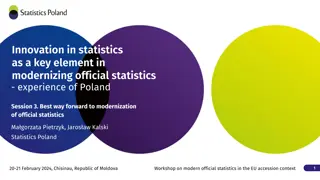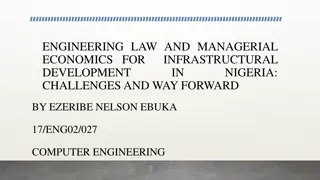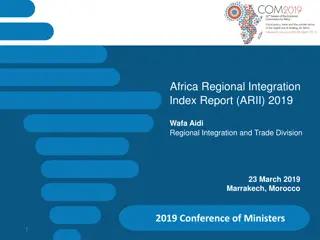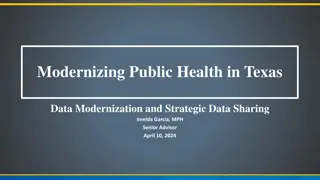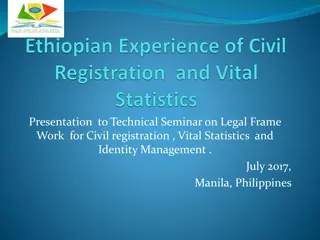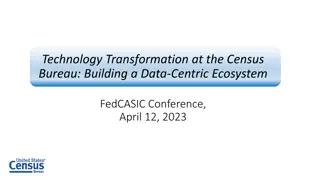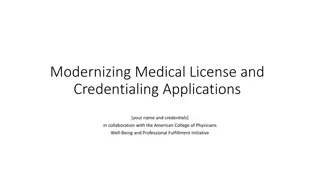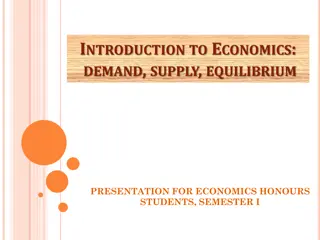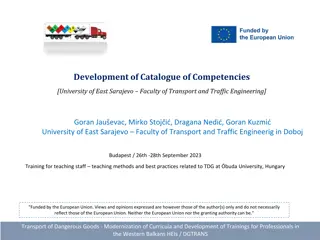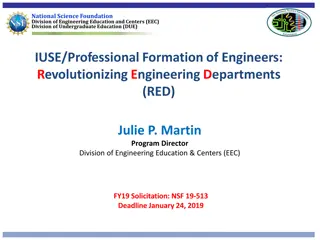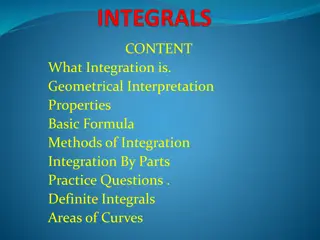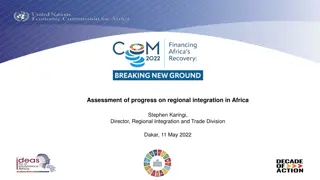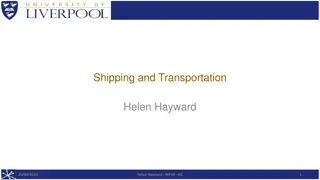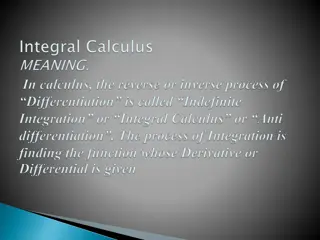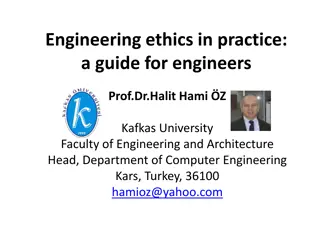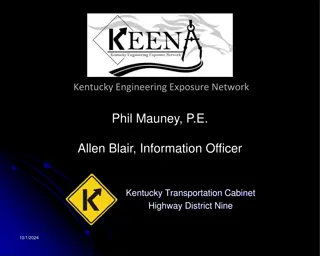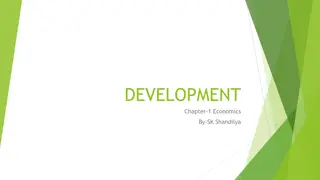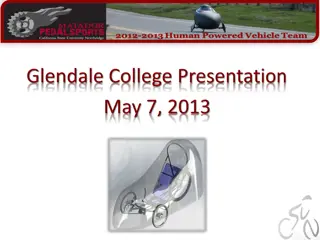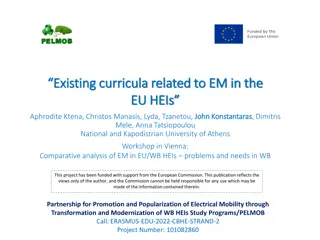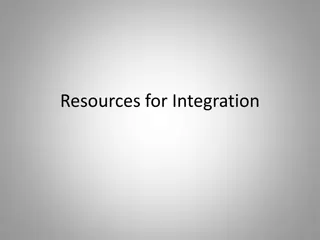Modernizing Engineering Education: Economics Integration
Explore the significance of incorporating economics into engineering education to equip students with essential skills for decision-making in the modern world. Delve into student attitudes, learning outcomes for Gen Z, the impacts of capitalism, critical thinking on percentages, surveying student attitudes, and additional economic concepts.
Download Presentation

Please find below an Image/Link to download the presentation.
The content on the website is provided AS IS for your information and personal use only. It may not be sold, licensed, or shared on other websites without obtaining consent from the author. Download presentation by click this link. If you encounter any issues during the download, it is possible that the publisher has removed the file from their server.
E N D
Presentation Transcript
A New Engineering Economics Suzanne Keilson Lynne Elkes Loyola University Maryland
The Questions What do 21stcentury Engineers need to know about Economics? What attitudes, preconceptions do students bring to their study? Do those attitudes differ depending on student demographics such as intended major and academic year?
Background Engineering Economics has a long history Intention to prepare Engineering majors for Business decision making based on traditional financial parameters Part of professional engineering licensure Finance, time value of money, loan payments, cash flow, application of fundamental macroeconomic concepts Incoming engineering students not exposed in H.S. to economic concepts
Learning Aims and Outcomes for Gen Z Larger and longer perspective and context Sustainable engineering concerns Societal value of work Cradle-to-cradle design Unintended consequences Pace and adapting to technological context and background jumping the S curve
The Story of Stuff Capitalism Product development Material economy and the environment Views on labor Globalism Interconnection and interdependence Critique presented
The problem with percentages Critical Thinking Example: Federal budget and categories Approach to and appreciation of economic measures
Survey of student attitudes Does personal political and economic attitudes inform students approach to engineering? What should be engineered? Who pays? (current and future) Hidden infrastructure of our lives
The Bet Prices Commodities Larger trends
Additional Economic Concepts Marginal cost/benefit analysis Opportunity Costs Depreciation Government funding for innovation Scarce resource allocation Production function: valued added inputs create how much output to drive GDP upward
Early results Student survey One Introduction to Engineering Seminar First year students are: Evenly divided on role for government to protect citizens Generally optimistic about long term product quality, pricing Generally optimistic about role of engineering and technology for quality of life Saw importance of economic and political literacy Aware of and concerned for questions of sustainability and the environment
Future Work Survey economic students All majors All grades Are non-engineering students more attuned to economic news? How does the embedding of economic concepts/measurements change/inform FY students outlook on design and sustainability?


